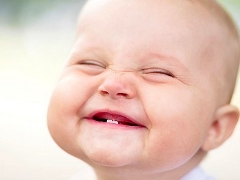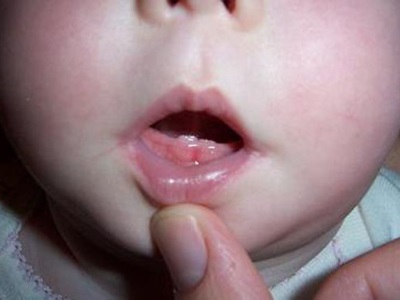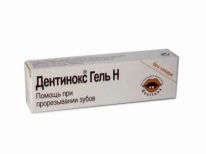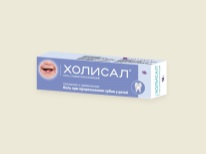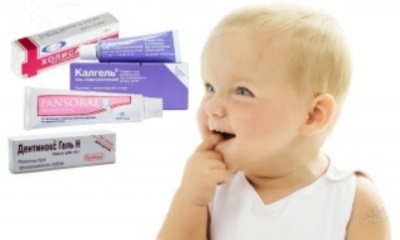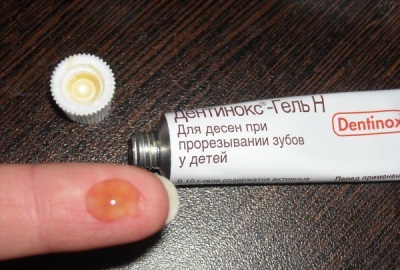Teething preparations in children
Teething in infants begins at an average of 5 or 6 months, however, in some children, the teeth begin to cut even earlier. In this case, many karapuzov pain and itching bother for several weeks before the moment when the crown of the tooth begins to look out of the gums.
Some children suffer indisposition from endurance, while others can not tolerate pain, often cry and act up, refuse to eat and sleep badly. They are recommended to use drugs that will eliminate unpleasant symptoms and accelerate the emergence of a new tooth. Most of these agents are cooling ointments or gels that also have an anti-inflammatory and analgesic effect.
The most common drugs
Most often, during the period of teething, such medications are used:
- Baby doctor This drug is a natural alcohol-free remedy based on chamomile, calendula, echinacea, plantain and althea. Its use soothes the mucous and helps with the inflammation of the gums.
- Calgel. It is a lidocaine medicine that reduces inflammation and reduces pain. Its disadvantage is an increased risk of allergy to the drug.
- Dentinox. This medicine contains two anesthetic and chamomile tincture, so this tool quickly relieves soreness and swelling of the gums when a new tooth is erupting.
- Holisal. This tool with anti-inflammatory effects, based on herbal ingredients. Due to the content of anise that can stimulate salivation, the drug is not prescribed at an early age.
- Pansoral. This medicine is based on plant extracts, therefore it is able to soften and soothe the gums.
Which is better to choose
Medicines that help babies with chopping teeth are presented in a pharmacy with a large assortment, so choosing the right product for a particular child is not a problem. First of all, it is necessary to take into account the age range of the drug use, since some drugs, for example, baby gel, doctor, can be used from 3 months of age, Pansoral and Dentinox - from 4 months, Calgel - from 5 months of age, and Holisal - only from a year.
All drugs used in teething in babies are local remedies. In many of them, the main component is anesthetic, for example, lidocaine or benzocaine. Such a substance reduces the sensitivity of the gums, freezing them. Also in the composition of the drugs during teething may be herbal and anti-inflammatory ingredients, whose action is aimed at reducing swelling and pain.
Ointments and gels, which are prescribed during teething, are applied directly to the gums of the child. Such drugs begin to act within a few minutes after application, but they have a short cooling and analgesic effect (maximum 2-3 hours). Before applying the tool again, it is important to clarify the permissible usage rate per day. In most cases, these drugs are used at bedtime or before meals, so that the child calms down and is able to sleep or eat.
If the child is allergic, then not every drug can be used to relieve pain.In the next video, Dr. Komarovsky will tell you how to help a child with allergies to relieve pain.
Tips
- To apply the medicine to the gums, you can use clean fingers or cotton buds. A small amount of gel or ointment is spread over the surface of the inflamed gums, and then gently rubbed into the mucous membrane.
- So that the medicine does not have an unpleasant taste, flavors and sweeteners are often added to it, therefore, when the child is prone to allergies, the selection of funds must be very careful.
- Do not lubricate the child’s gums immediately before feeding, as the anesthetic effect may prevent the baby from sucking or chewing. If you want to process the oral cavity before eating, do it for half an hour.
Is it considered normal temperature rise during teething in children, see the transfer of Dr. Komarovsky.
And another useful video on the topic of the first teeth of the child.
